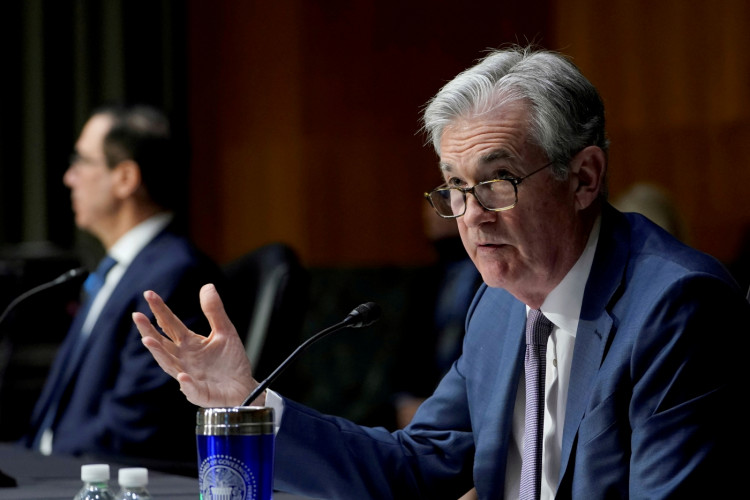The Federal Reserve is set to keep interest rates unchanged at its upcoming meeting, despite hopes for rate cuts earlier this year. As the central bank convenes for a two-day meeting starting Tuesday, it faces the challenge of balancing stubborn inflation with a slowing economy and a strong labor market.
Recent inflation data has dampened expectations for multiple rate cuts in 2024. While inflation eased substantially last fall, prices jumped each month in the first quarter of this year, leaving annual inflation at 3.5% in March, according to the consumer price index (CPI). The Fed's preferred inflation gauge, the personal consumption expenditures (PCE) index, also remains well above the central bank's 2% target.
Fed Chair Jerome Powell has acknowledged that the recent data has not provided greater confidence that inflation is heading sustainably towards the 2% goal. "The recent data have clearly not given us greater confidence and instead indicate that it's likely to take longer than expected to achieve that confidence," he said during a recent panel discussion in Washington.
Despite the strong labor market, which saw 303,000 jobs added in March and cooling wage growth, inflation remains a primary concern for the Fed. Goldman Sachs and Barclays economists believe that temporary factors, such as rent and car insurance prices, have contributed to the recent inflation surge. They expect inflation to slow in the coming months as these factors dissipate and wage growth moderates due to an expanding labor supply.
However, the persistently high cost of some services, such as dining out and haircuts, could continue to put upward pressure on prices. As a result, Goldman Sachs expects two rate cuts in July and November, while Barclays anticipates just one cut in September.
At the upcoming meeting, Powell is likely to reiterate his cautious stance on rate cuts, emphasizing that it will take longer than expected to achieve the necessary confidence in inflation's trajectory. Economists expect him to downplay the relevance of the Fed's March forecasts, which had indicated three rate cuts this year.
Democratic lawmakers have urged Powell to consider cutting rates sooner to provide relief to Americans struggling with high prices. However, the Fed chair remains focused on proceeding carefully, stressing the importance of allowing restrictive policy more time to work before considering rate cuts.
"Right now, given the strength of the labor market and progress on inflation so far, it's appropriate to allow restrictive policy further time to work," Powell said during the April panel discussion.
Market expectations align with Powell's cautious approach, with the CME FedWatch Tool indicating a 97.1% chance that rates will remain unchanged at the upcoming meeting. The tool also suggests an 88.4% probability of rates remaining steady in June, with only an 11.3% chance of a rate cut.






